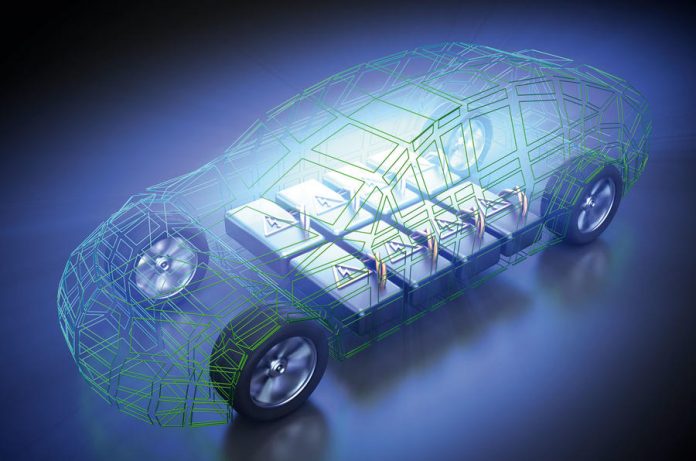We think lithium-ion batteries are becoming more popular in tandem with their quick market penetration in EVs. The dependence of batteries on raw materials has been brought to light by the recent surge in commodity prices. Anode and cathode are the two electrodes used in lithium-ion batteries. Lithium nickel manganese cobalt (NMC) and lithium iron phosphate are the two most common cathode chemistries used in EVs (LFP).
The market share of LFP cells should increase from approximately 33 percent in 2021 to 47 percent by 2026, as illustrated below, as a result of further cost reductions, nickel supply constraints, and increasing EV efficiency. The speed at which automakers transition to LFP batteries while still meeting consumer demand for range will be crucial to monitor from a competitive standpoint. Automakers with highly efficient drivetrains should be able to switch to LFP batteries and save several thousands of dollars per vehicle.

What makes LFP ( Lithium ) batteries more popular?
Simple: they now cost less than NMC (Nickle) batteries and are expected to do so sooner. Wright’s Law-based research by ARK indicates that the price of NMC and LFP batteries will decrease by 28% for each cumulative doubling of production. The two have two key differences:
1) LFP cells already cost about $70/kWh, which is 30% less than the $100/kWh of NMC cells, as shown below; and
2) the production needed to reach a cumulative doubling of LFP-based EVs is about $7 million, which is one-third of the $20 million needed for NMC-based EVs.

The total time needed for a doubling would be 1.4 years if all vehicle production switched to LFP batteries as opposed to more than 4 years if the switch were to NMC batteries, as indicated below. Last year saw 4.8 million EV sales.

The tradeoff between energy density and cost is the cause of the slow share increase in LFP-based EVs. If all else is equal, an EV with LFP batteries is less expensive but has a shorter range than an EV with NMC batteries. One of the key determinants of EV consumer purchasing behavior has been range anxiety, which is why NMC-based EV makers have concentrated on and created more energy-dense cells.
NMC batteries are losing market share to LFP batteries for two reasons: production of NMC batteries is constrained by nickel and cobalt shortages, and EV drivetrain efficiency has increased to the point where less energy-dense LFP batteries can satisfy consumer demand for range. Additionally, according to ARK’s analysis, the market share of neighborhood EVs with shorter ranges will increase, thus decreasing the demand for energy-dense NMC batteries.
By converting to LFP batteries, businesses with high drivetrain efficiency should be able to save thousands of dollars. Less expensive EVs for consumers, more research and development to boost competitiveness, and/or bigger profits are just a few ways that the savings will be transferred. Since lithium itself might become a restriction, switching to LFP batteries is unlikely to prevent upcoming material constraints. However, if history is any indication, battery chemistry will continue to advance in the search for the most affordable approach to satisfy end market demand.





